Airports are designed to be more than just layover spots on your journey; they are meticulously crafted environments aimed at making you part with your money. With a captive audience of travelers, airports employ a blend of psychological tricks and strategic design to entice you to spend. From overpriced snacks to luxury duty-free experiences, the art of airport marketing is as sky-high as the planes taking off. Here are 14 subtle yet effective ways airports encourage you to spend more than you planned.
1. Maze-Like Layouts
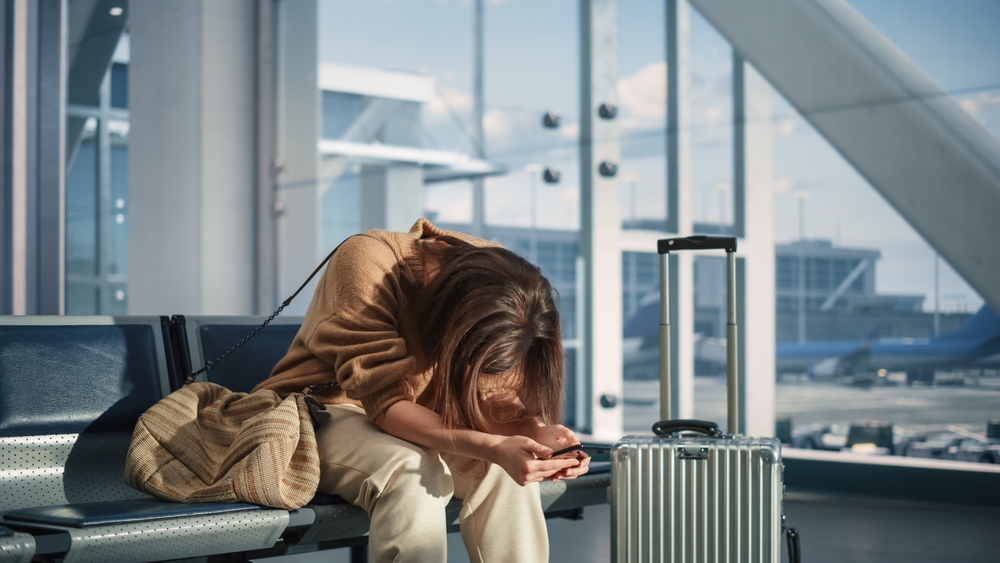
Airports are often designed with winding pathways that lead you through a labyrinth of shops and eateries before you even reach your gate. It’s not just poor planning; it’s a strategic design choice aimed at maximizing your exposure to various spending opportunities. As you navigate these serpentine hallways, the array of stores and scents lure you in, turning a quick pit stop into a shopping spree. The longer you wander, the more likely you are to make an impulse purchase.
A study conducted by the Journal of Travel Research found that airport layout significantly influences passenger spending behavior. By steering you through a carefully curated path lined with enticing offers, airports increase the likelihood of spontaneous buying. The deliberate obstacle course may be frustrating when you’re in a hurry, but it’s a calculated move to boost sales. Understanding this can help you navigate with your wallet, not just your boarding pass, in mind.
2. Duty-Free Temptations
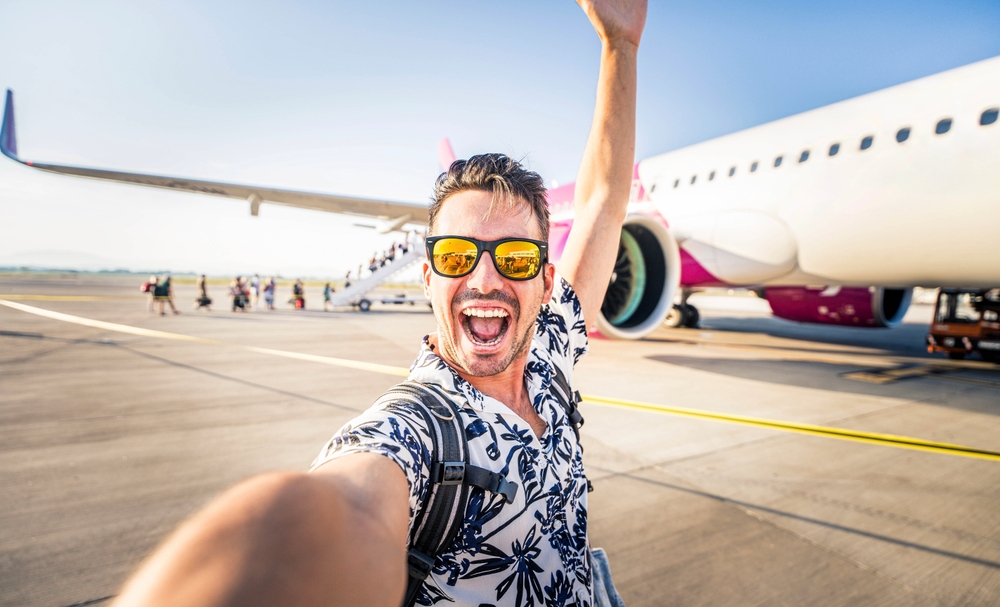
One of the most enticing features of airports is the duty-free shop, promising tax-free deals that are hard to pass up. The allure of duty-free shopping lies in the perception of exclusivity and savings, encouraging you to treat yourself to luxury goods. Whether it’s a designer perfume or a bottle of premium spirits, the illusion of a bargain is often too strong to resist. You convince yourself that you’re saving money, even if it’s on something you didn’t plan to buy.
Duty-free stores often place best-selling items at the entrance, drawing you in with bright lights and glamorous displays. Sales assistants are trained to upsell, suggesting complementary products that seem like a necessary splurge. Before you know it, you’re leaving with a bag full of goodies, convinced you got a great deal. The key is to remember that these “savings” often mean spending more than you intended.
3. Gourmet Dining Options
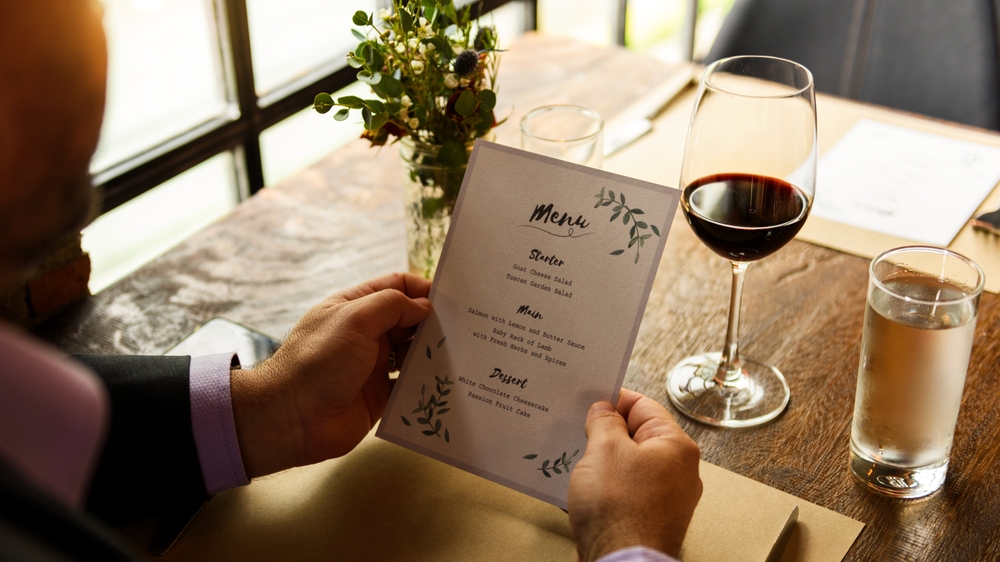
Gone are the days of bland airport food; now, you’re greeted with gourmet dining options that rival city hotspots. It’s not accidental that eateries are strategically placed near gates and in waiting areas, making them an almost inescapable part of your travel experience. You might not have planned for a sit-down meal, but after hours of travel, a chef-curated menu becomes hard to resist. The promise of quality food distracts you from the fact that you’re paying a premium price.
According to a report by Airport Restaurant & Retail Association, passengers are willing to pay up to 20% more for a better dining experience at airports. The combination of limited options and elevated ambiance entices you to indulge in meals that you might otherwise skip. As you savor your artisanal sandwich or gourmet coffee, you may not even notice the dent in your travel budget. Remember, convenience and experience come at a cost that’s baked into the flavor.
4. Comfort Lounge Set Ups
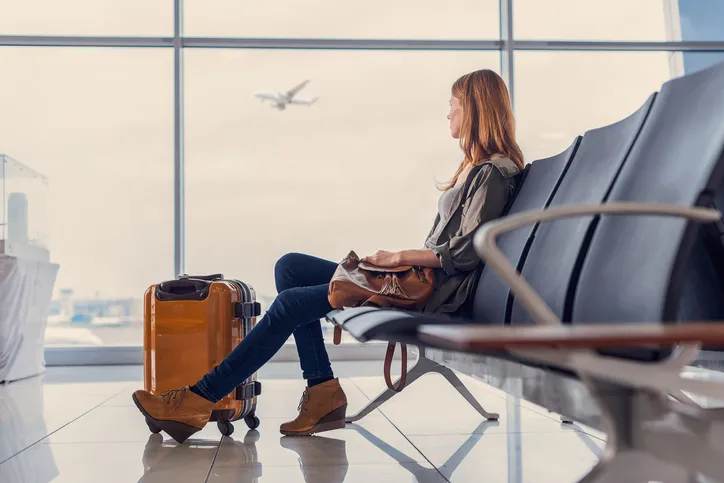
Airport lounges offer a slice of tranquility amidst the chaos, but this comfort comes at a price. Designed to make you feel special, these exclusive areas provide free drinks and snacks, comfortable seating, and sometimes even spa services. It’s the perfect environment to relax, and the entry fee is easily justified by the prospect of escaping the crowded terminal. Yet, what you spend on access might outweigh the benefits if you’re only there for a short layover.
Membership programs and credit cards often offer lounge access as a perk, subtly encouraging you to spend more on their services. Once inside, you may find yourself indulging in premium food and drinks, adding to your overall expense. Lounges create a luxurious cocoon that can blur the line between necessity and extravagance. It’s worth considering whether the allure of comfort is worth the extra dollars on your travel tab.
5. Strategic Use of Scent
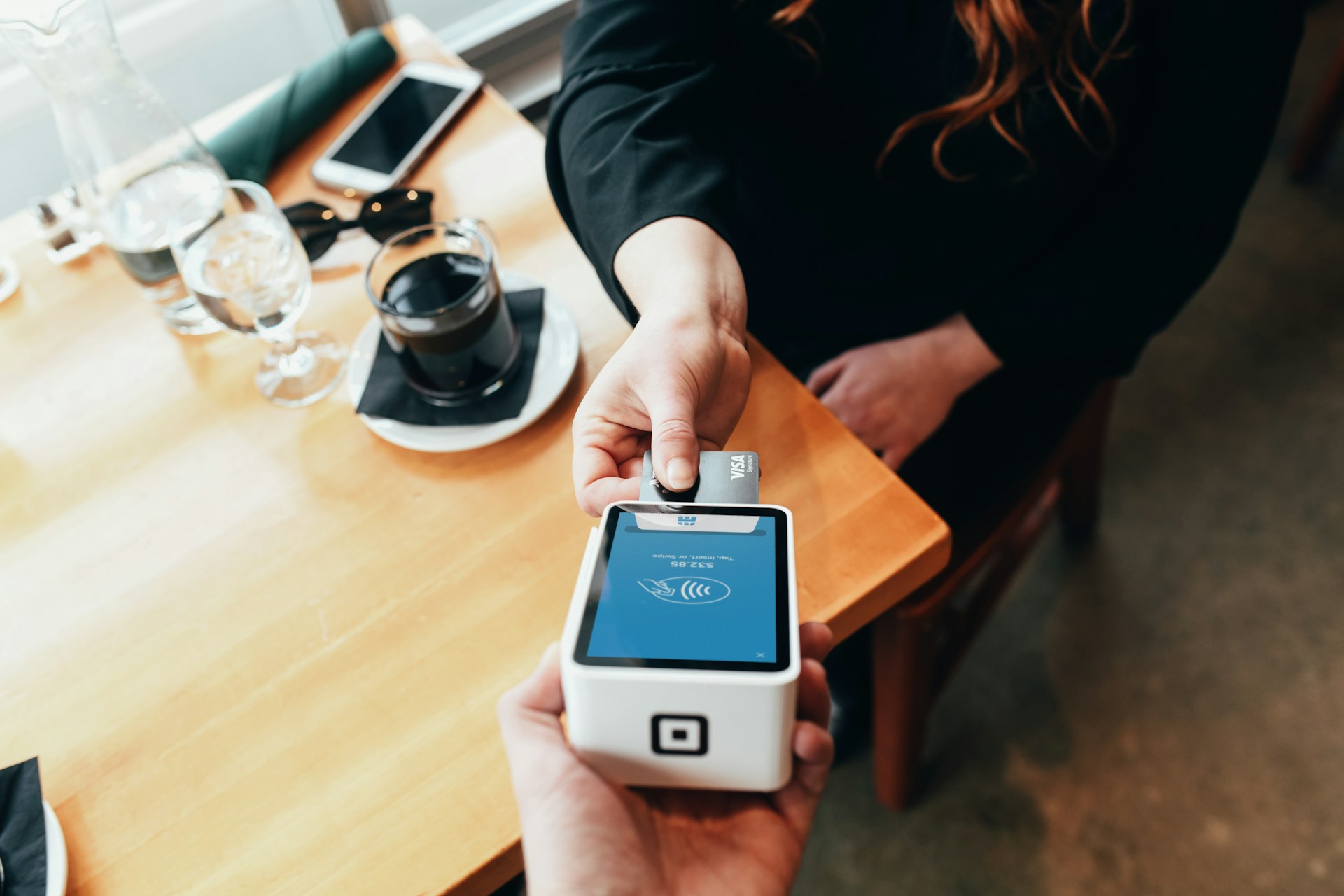
Your sense of smell is more powerful than you might think, especially when it comes to opening your wallet. Airports leverage scent marketing to create environments that encourage spending. The aroma of freshly brewed coffee or warm pastries wafts through terminals, drawing you towards cafes and bakeries. It’s a sensory cue that triggers hunger and indulgence, even if you weren’t initially hungry.
A study from the International Journal of Marketing Studies highlights the impact of scent on consumer behavior, noting that pleasant smells can increase spending by up to 20%. Airports have mastered the art of olfactory persuasion, turning a simple layover into a sensory shopping spree. As you follow your nose, remember that this enticing atmosphere is carefully curated to lead you to open your wallet. Being aware of these subtle influences can help you resist unnecessary purchases.
6. Digital Convenience and Ease
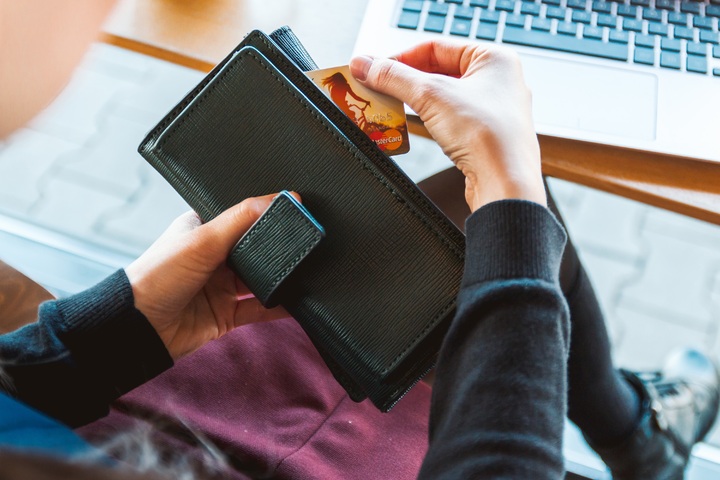
In the digital age, convenience is king, and airports capitalize on this by offering seamless transaction options. Cashless payments, mobile apps, and digital kiosks make it easier than ever to spend money without the tactile experience of handing over cash. This frictionless spending can lead to a disconnect between your purchases and your budget. When it’s as simple as a tap or swipe, it’s easy to overlook how much you’re actually spending.
Airports are integrating technology to enhance the customer experience, ensuring you can make quick purchases without second thoughts. From pre-ordering meals to fast-tracking duty-free pickups, digital solutions streamline the shopping process. While these advancements save time, they also encourage you to spend more freely. Understanding the psychology behind digital convenience can help you stay mindful of your budget.
7. Time-Driven Urgency
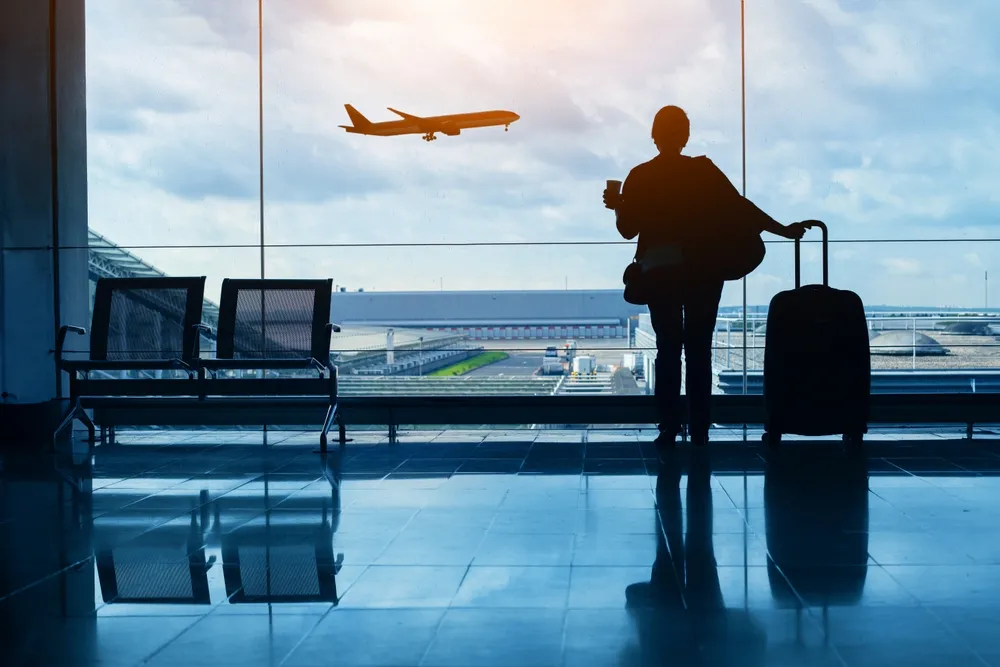
In the fast-paced environment of an airport, time is both an asset and a pressure point. Retailers use countdown clocks and “last chance” signage to create a sense of urgency, compelling you to act quickly. This tactic plays on the psychology of FOMO (fear of missing out), urging you to make purchases “before it’s too late.” The stress of impending departure times adds to the feeling that you need to make decisions hastily.
Research from the Journal of Consumer Research indicates that time pressure significantly increases impulse buying. Airports use this knowledge to push limited-time offers and exclusive products, making you feel like you’re snagging a rare opportunity. While the adrenaline rush of a last-minute deal can be thrilling, it often leads to unnecessary spending. Being aware of this tactic can help you pause and consider whether the purchase is truly urgent.
8. Brand Power Influence
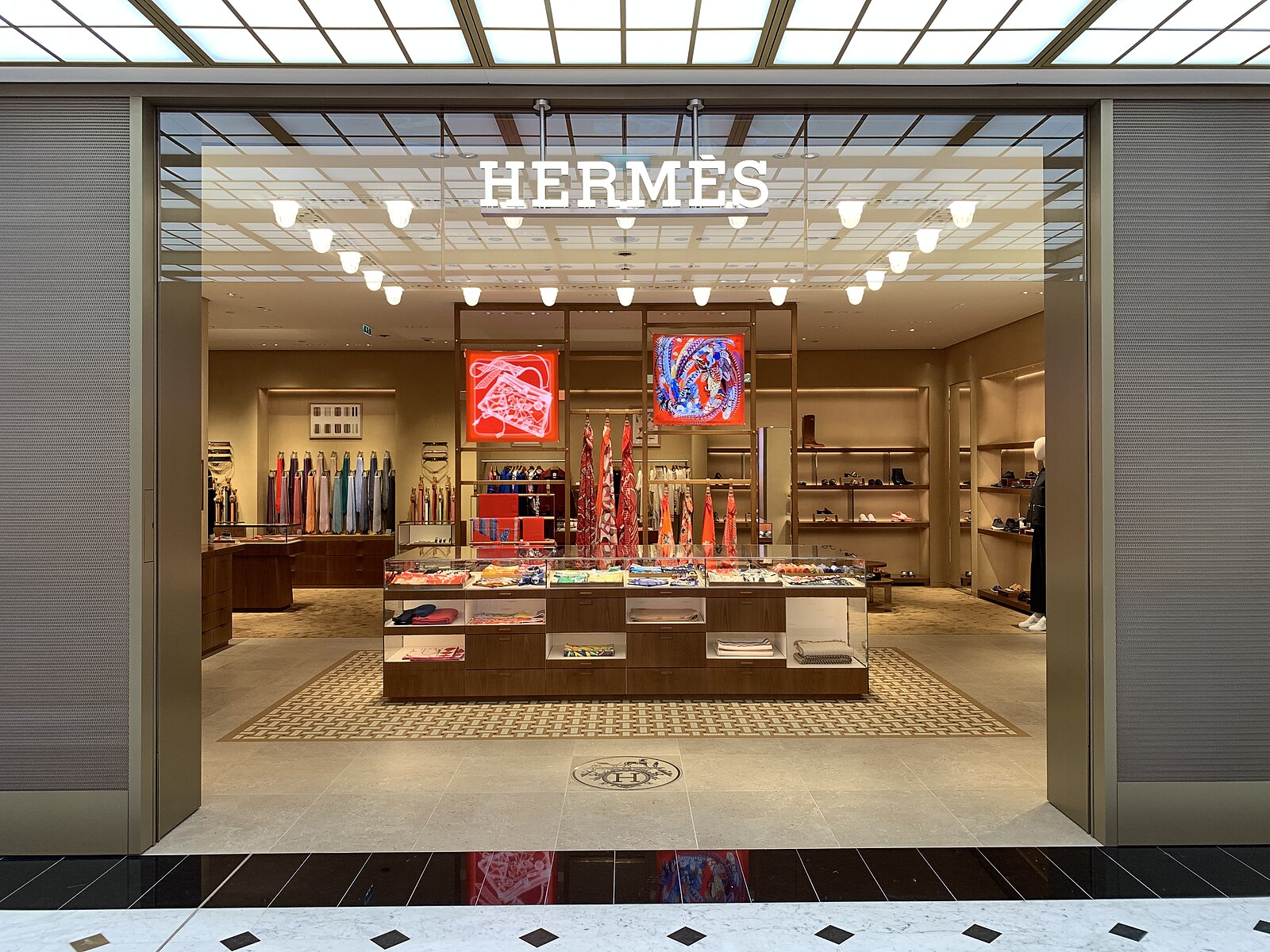
Branding has a unique power to influence your spending habits, and airports are a playground for high-profile brands. The presence of luxury and designer labels creates an atmosphere of exclusivity and aspiration. Even if you weren’t planning to shop for high-end goods, the allure of owning something from a prestigious brand can be tempting. Airports curate these shopping experiences to make you feel like you’re treating yourself, elevating your travel experience.
The carefully curated brand mix in airport retail spaces is designed to appeal to a broad demographic, ensuring there’s something for everyone. Limited edition products and exclusive collaborations are often found here, adding to the allure. This environment fosters a perception of scarcity and uniqueness, nudging you towards a purchase. Being mindful of brand influence can help you distinguish between a true necessity and a momentary desire.
9. Ambient Lighting and Atmosphere
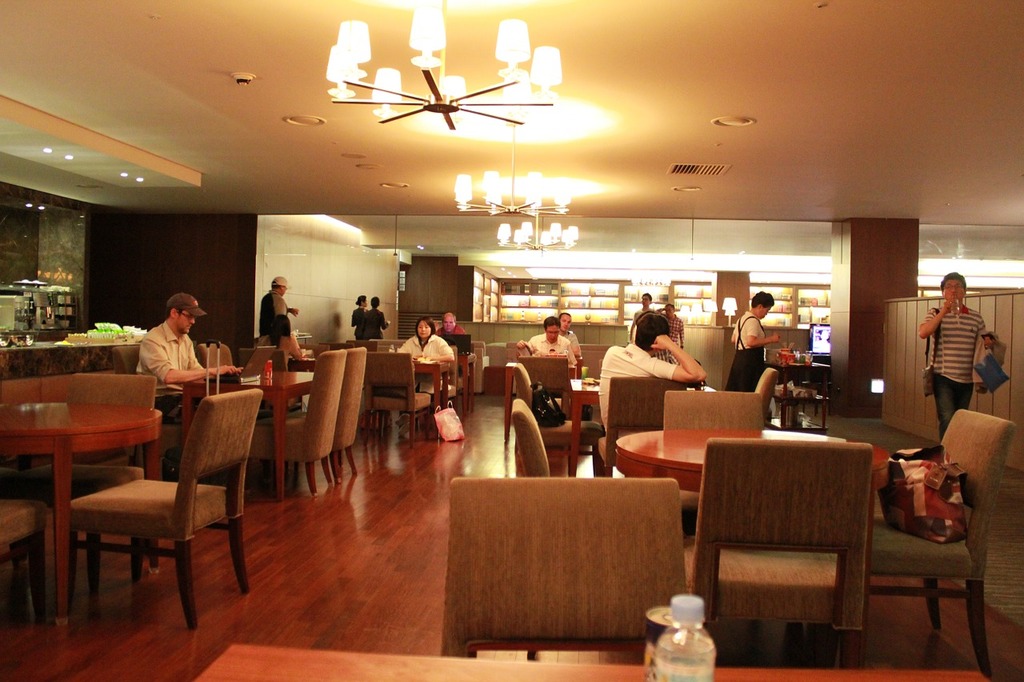
Lighting is more than just a functional element; it’s a crucial aspect of retail psychology. Airports utilize soft, inviting lighting in stores and lounges to create a relaxed atmosphere that encourages spending. Brightly lit shelves highlight products, making them more appealing and harder to resist. As you browse through duty-free shops or airport boutiques, the strategic use of light subtly guides your purchasing decisions.
Warm lighting can make a space feel more luxurious, encouraging you to linger longer and explore. This extended browsing time increases the likelihood of making a purchase, as the environment feels both inviting and indulgent. By transforming a standard retail space into a welcoming haven, airports enhance your overall experience, making spending seem like a natural part of your journey. Recognizing this subtle influence can help you shop with intention.
10. Free Accessible Wi-Fi
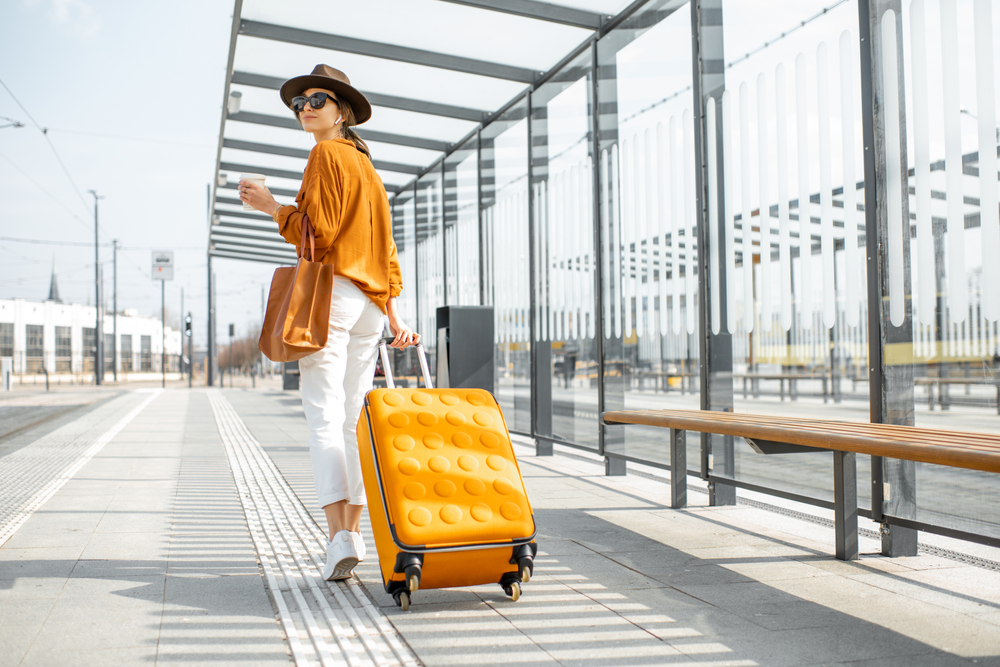
Free Wi-Fi is a staple in modern airports, turning waiting time into an opportunity for online shopping. While you connect to check emails or catch up on social media, targeted ads and special promotions pop up, tempting you with deals. This digital marketing strategy is designed to keep you engaged and spending, even when you’re not physically visiting a store. The convenience of browsing and buying online while you wait is hard to resist.
As you scroll through your favorite sites, the seamless online shopping experience blurs the line between killing time and making purchases. Offers tailored to your browsing habits appear, making it feel like these deals were meant just for you. It’s a clever way to entice you to spend from the comfort of your phone, without even noticing the time fly by. Being aware of this tactic can help you set boundaries on digital spending during your layover.
11. Emotional Impulse Spending

Airports can be stressful environments, from navigating security to dealing with delays, and this stress can lead to emotional spending. Retailers are aware of this and position comforting products like chocolates, books, and travel accessories to soothe your anxiety. When you’re feeling frazzled, a little retail therapy can seem like the perfect remedy. This emotional purchase might provide temporary relief but often results in buyer’s remorse later on.
Recognizing the emotional triggers that lead to spending can help you make more mindful choices. Before you reach for that plush travel pillow or extra-large bag of M&Ms, consider whether it’s a necessary purchase or a stress-induced splurge. Finding healthier coping mechanisms, like a brisk walk or listening to calming music, can help reduce the impulse to spend. With a little self-awareness, you can navigate airport stress without derailing your budget.
12. Personalization and Exclusivity
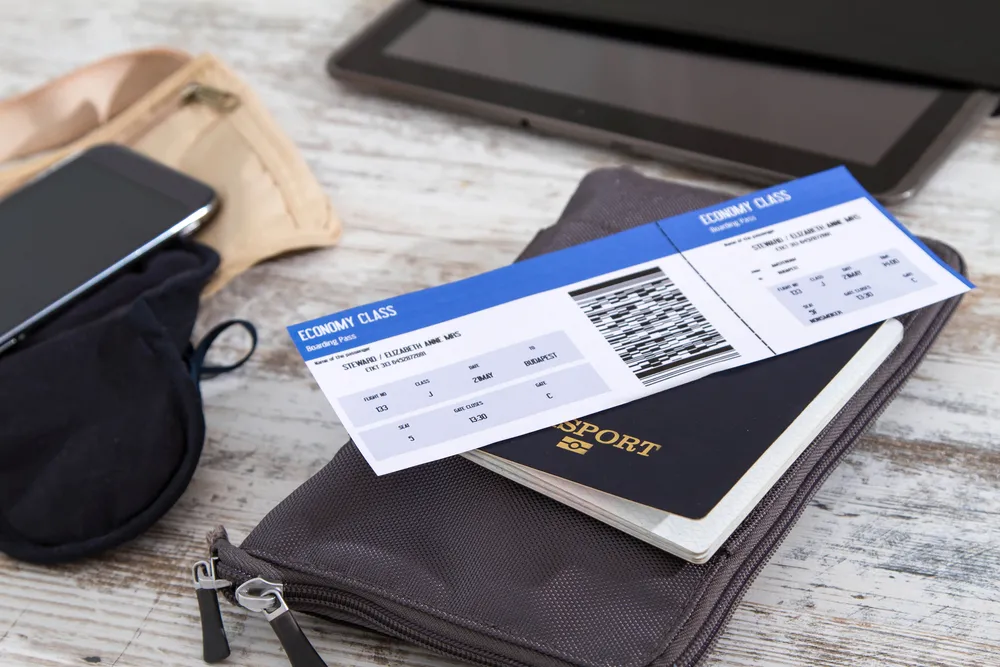
Personalized services and exclusive products are a big draw for travelers looking for something unique. Whether it’s a monogrammed luggage tag or a limited-edition fragrance, these personalized options make you feel special and catered to. The exclusivity of airport-only offers adds an extra layer of temptation, encouraging you to buy something you won’t find on the high street. It’s an effective way to turn casual browsing into a personalized shopping experience.
Retailers understand that personalization creates a deeper connection between you and the product, making it harder to say no. This tailored approach makes purchases feel more meaningful, even if they come with a hefty price tag. Being aware of this tactic can help you discern between a genuinely special purchase and a cleverly marketed product. Remember, the exclusivity might be enticing, but it should align with your needs and budget.
13. Celebrity and Influencer Endorsements

Airports often feature products endorsed by celebrities or influencers, tapping into the aspirational appeal they bring. Seeing a familiar face associated with a product can sway your buying decisions, making it seem more desirable. Whether it’s a skincare line or a travel gadget, the endorsement creates a sense of trust and quality. You’re more likely to purchase something if you associate it with someone you admire.
This strategy leverages the power of social proof, where the perceived value of a product increases with celebrity backing. It’s easy to get swept up in the excitement of owning something recommended by your favorite star. However, it’s important to evaluate whether the product meets your needs or is simply appealing because of the endorsement. Mindful discernment can help you make purchases that are truly worthwhile.
14. Alluring Expensive Upgrades
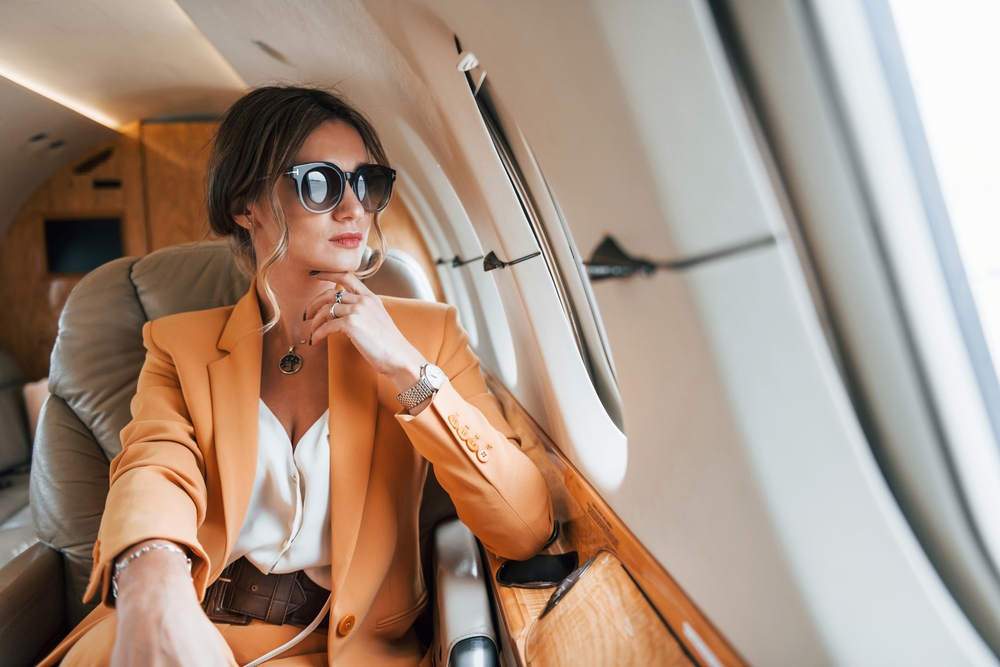
Upgrades offer the promise of a more comfortable and luxurious travel experience, whether it’s a seat in first class or a roomier hotel stay. Airports capitalize on this by showcasing upgrade options at every turn, from airline lounges to rental car counters. The idea of starting your journey with a little extra luxury can be tempting, especially after a long day of travel. While these upgrades enhance your comfort, they often come at a significant cost.
The psychological motivation behind upgrades is the desire for a better experience, even if it’s fleeting. Airports make it easy to justify these splurges by highlighting the added value of comfort and exclusivity. While it might be tempting to indulge in these luxuries, it’s important to assess whether the experience is worth the financial sacrifice. Staying grounded in your travel goals and budget can help you enjoy your journey without unnecessary expenditures.
This article is for informational purposes only and should not be construed as financial advice. Consult a financial professional before making investment or other financial decisions. The author and publisher make no warranties of any kind.








